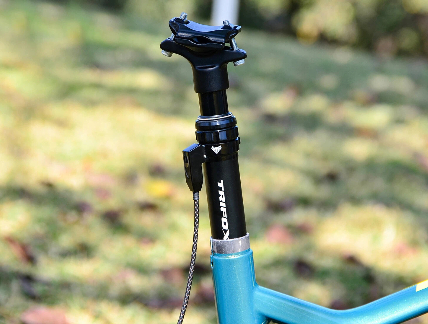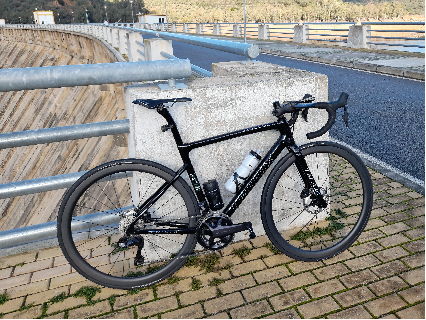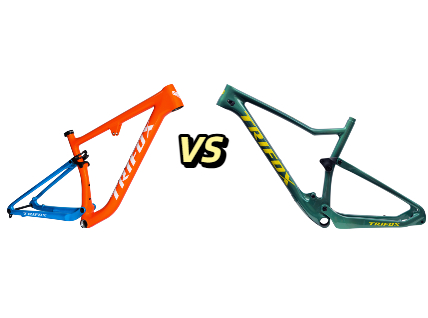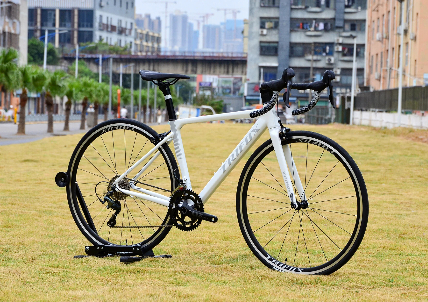Cycling, whether for leisure, fitness, or commuting, demands more than just pedaling effort and endurance; it requires a bike that fits your body to ensure comfort, efficiency, and injury prevention. One critical component in achieving the perfect bike fit is the handlebar stem, and adjustable handlebar stems offer a versatile solution to meet individual needs.
Understanding the Importance of a Proper Fit
A properly fitted bike can dramatically improve your riding experience, making each ride more enjoyable and efficient. It can also reduce the risk of discomfort and repetitive strain injuries, which are often caused by poor posture or excessive reach to the handlebars. An adjustable handlebar stem allows you to fine-tune your handlebar height and reach, ensuring optimal comfort and control.
Choosing the Right Adjustable Handlebar Stem
When selecting an adjustable handlebar stem, consider the following factors to ensure you get the right one for your needs:
Compatibility: Ensure the stem fits your bike's fork steerer tube and handlebar diameter. Most stems will specify the compatible dimensions in millimeters.
Adjustment Range: Look for a stem with a wide range of adjustment angles. This feature will allow you to experiment with different positions to find what works best for you.
Material: Adjustable stems are typically made from aluminum alloy, offering a good balance between weight, strength, and cost. Some high-end models may incorporate carbon fiber or titanium for reduced weight and increased stiffness.
Ease of Adjustment: Consider how easily the stem can be adjusted. Some models require tools for adjustment, while others may offer tool-free options for on-the-go changes.
Brand and Reviews: Opt for reputable brands known for quality cycling components. Reading reviews from other cyclists can also provide valuable insights into a stem's performance and durability.
Tools You'll Need for Installation
Before you begin the installation process, make sure you have the following tools:
Allen wrenches (commonly 4mm, 5mm, and 6mm sizes)
Torque wrench (optional but recommended)
Grease (for threaded parts)
Install the New Stem:
If your adjustable stem has a removable faceplate, align the handlebars with the stem and attach the faceplate, loosely screwing in the bolts by hand.
For stems without a removable faceplate, slide the stem onto the steerer tube to the desired height, aligning it with the front wheel.Adjust to the Desired Angle: Loosen the angle adjustment bolts slightly to set the stem to your preferred angle. This step might require some trial and error to find the perfect position.
Secure the Stem: Once you've found the ideal angle and height, tighten the stem bolts securely. If you're using a torque wrench, adhere to the manufacturer's recommended torque settings to avoid over-tightening, which can damage the components.
Reattach the Front Wheel: Ensure that the wheel is properly aligned and secured.
Safety Check: Before riding, double-check all bolts for tightness and ensure that the handlebars are securely fastened and do not move when force is applied.
Fine-Tuning Your Fit
After installing your new adjustable stem, it's crucial to test ride your bike in a safe area. Pay attention to how the new setup feels and make any necessary adjustments. Fine-tuning your bike fit is an ongoing process that may require several rides to get right.
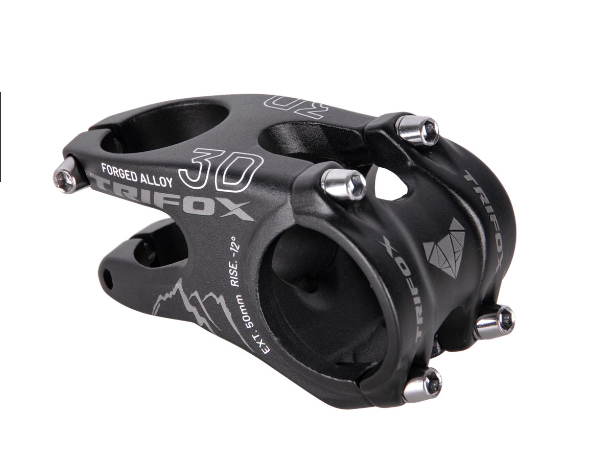
Conclusion
An adjustable handlebar stem is a valuable component for cyclists looking to achieve a custom fit without the need for professional bike fitting services. By following this guide, you can confidently choose and install an adjustable stem, enhancing your riding comfort and performance. Remember, comfort on the bike is key to enjoying your rides, so take the time to adjust your setup until it feels just right.































































